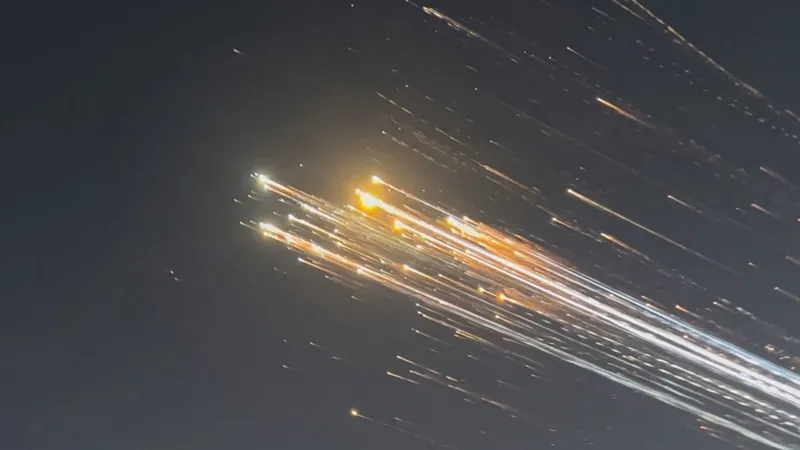
SpaceX Starship Explosion: Cause and Upcoming Test Flight
In the ever-evolving landscape of space exploration, few names resonate as powerfully as SpaceX. This week, the company shed light on the dramatic explosion of its Starship last month, attributing the incident to a series of unexpected propellant leaks. As preparations ramp up for an eighth test flight, potentially scheduled for this Friday, SpaceX remains in a delicate dance with the Federal Aviation Administration (FAA), awaiting their decision on the ongoing mishap investigation. With CEO Elon Musk’s unique position intertwining corporate ambitions and governmental oversight, the stakes have never been higher for the future of space travel.
| Key Event | Description | Current Status |
|---|---|---|
| Starship Explosion | Triggered by propellant leaks due to cascading events during January test flight. | Resolved issues; awaiting FAA decision for next test flight. |
| FAA Investigation | SpaceX is under a ‘mishap investigation’ by the FAA regarding the explosion. | FAA has not concluded the investigation yet. |
| January Test Overview | Test aimed to upgrade Super Heavy booster and Starship systems; initial success in launch and booster recovery. | First phase successful; issues arose during ascent. |
| Cause of Issues | Flash observed near Raptor engines indicated propellant leak; sustained fires led to engine shutdowns and communication loss. | In-flight abort system triggered to destroy Starship. |
| Debris Response | All debris fell within pre-planned safe area; minor damage reported on one vehicle. | Residents reported debris washing ashore. |
| Safety Measures | Modifications made to fuel lines, propellant temperature, and additional vents for robustness against leaks. | SpaceX claims safety improvements implemented. |
Understanding SpaceX’s Starship Explosion
In January, SpaceX launched its Starship rocket for a major test flight. Everything started off smoothly, but after about two minutes, things took a turn. A flash of light was seen near one of the engines, which hinted that something was wrong. Sensors detected a rise in pressure, suggesting there were leaks in the fuel. These leaks led to fires that caused most of the engines to shut down, resulting in a communication blackout with the ship.
The Starship explosion was not just a random event; it was caused by a series of smaller issues that built up over time. SpaceX explained that vibrations during the flight exceeded what they expected. This stress caused problems in the rocket’s propulsion system. Eventually, the automatic safety system triggered, leading to a spectacular explosion visible over the Caribbean islands. The event raised concerns about safety and prompted an investigation by the Federal Aviation Administration.
Frequently Asked Questions
What caused the recent Starship explosion?
The Starship explosion was triggered by propellant leaks, which SpaceX claims have been resolved for future flights.
When is the next Starship test flight scheduled?
The next Starship test flight could take place as soon as Friday, pending FAA approval.
What is the FAA’s role in the Starship launch?
The FAA is investigating the explosion and needs to either conclude the investigation or authorize SpaceX to proceed with the flight.
What improvements has SpaceX made since the explosion?
SpaceX has modified fuel lines, adjusted propellant temperatures, and added vents to prevent future propellant leaks.
How did the Starship perform during its January test?
The Starship launched successfully, but issues arose after two minutes due to propellant leaks that caused engine shutdowns.
What happened after the Starship lost communication?
After losing communication, the automatic in-flight abort system was triggered, leading to the ship’s destruction.
Where did the debris from the explosion land?
All debris from the explosion fell within a pre-planned safe zone, although some debris reached nearby beaches.
Summary
SpaceX revealed that last month’s Starship explosion was caused by propellant leaks, which have now been fixed. The company is waiting for the Federal Aviation Administration (FAA) to decide on the mishap investigation before proceeding with an upcoming test flight. During the January test, Starship launched successfully, but problems arose shortly after when leaks led to fires, damaging its engines and causing a loss of communication. SpaceX has since upgraded the Starship with improved fuel lines and a new purge system to prevent future leaks, ensuring safety for upcoming missions.